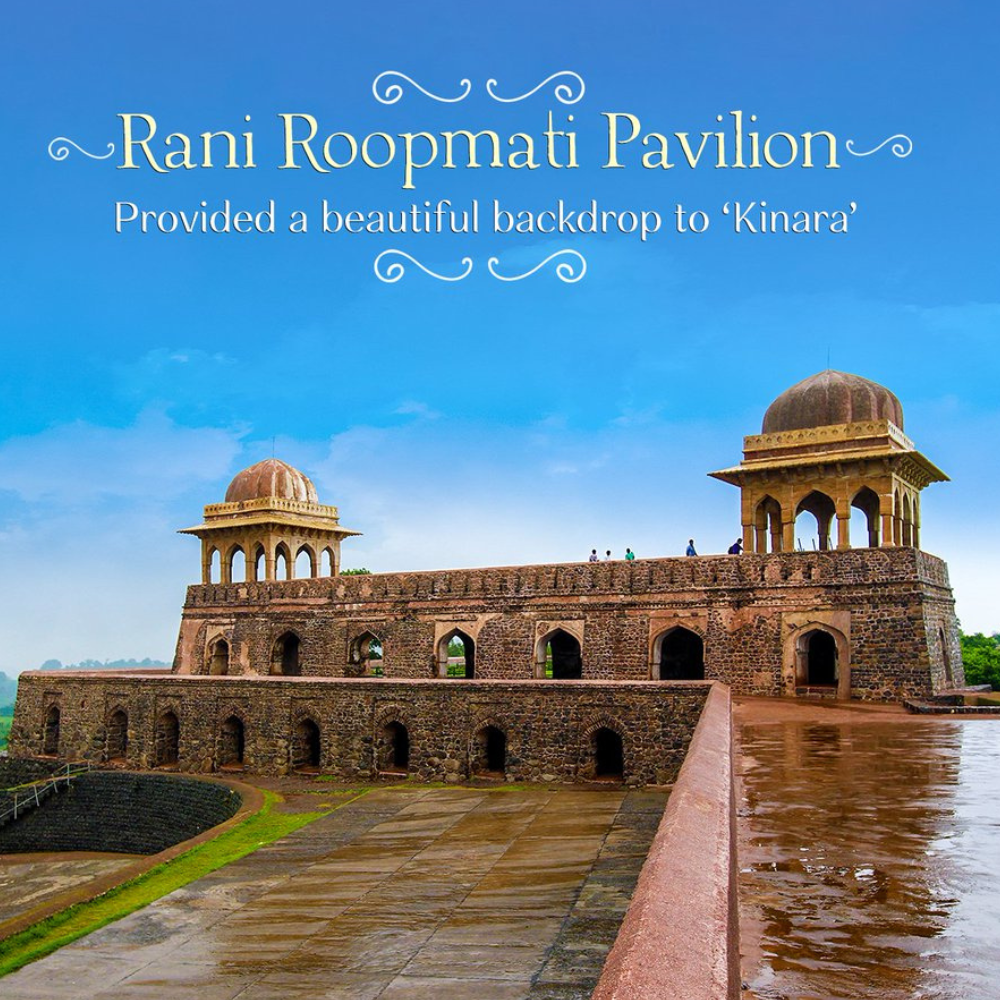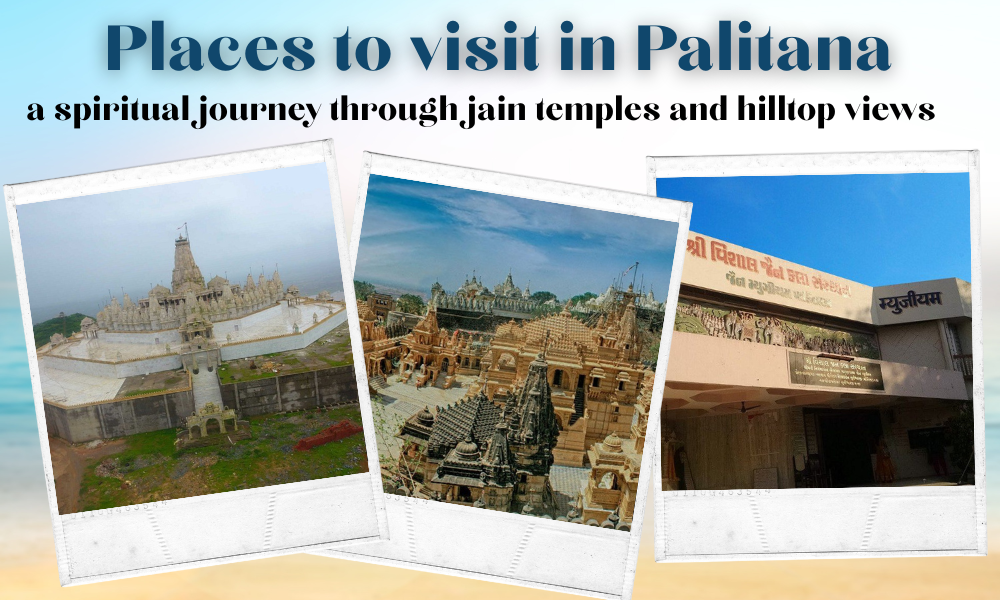Rani Roopmati Mahal, Mandu Love, Legends, and Architectural sensations
Introduction
Nestled in the major megacity of Mandu in Madhya Pradesh, Rani Roopmati Mahal is one of India’s most romantic and historically significant monuments. frequently appertained to as the palace of love, it’s a stunning illustration of medieval Indian armature intertwined with the legend of Raja Baz Bahadur and Rani Roopmati, a tale of love, devotion, and tragedy. The palace, perched on the Vindhya hills overlooking the Narmada swash, is an important sightseer destination and a window into India’s rich artistic heritage.

literal Background
Rani Roopmati Mahal is naturally linked to the story of Raja Baz Bahadur, the last independent sovereign of Malwa, and his queen, Rani Roopmati. Baz Bahadur was known for his love of music, art, and poetry, while Roopmati was famed for her beauty, intellect, and devotion to her faith.
- 16th Century Origins The palace was erected in the 16th century, reflecting the Afghan- Mughal architectural style current in Malwa at the time.
- Strategic Location positioned on a hill, the palace handed a panoramic view of the girding vale and the Narmada River, allowing both rest and defense.
- Cultural Hub Baz Bahadur was a patron of music and art, and the palace served as a center for artistic gatherings, poetry recitals, and court performances.
Legend of Rani Roopmati and Baz Bahadur
The love of Baz Bahadur and Roopmati is fabulous
- First Meeting Roopmati, a beautiful and talented epigrammatize and sucker of Lord Shiva, captured Baz Bahadur’s attention with her intellect and charm.
- Love Story Baz Bahadur, smitten by her beauty, erected the palace and a kiosk for Roopmati to live in, icing she had a stirring view of the Narmada swash.
- woeful Ending When the Mughal forces led by Akbar attacked Mandu, Roopmati chose to consume bane rather than fall into adversary hands, epitomizing fidelity and immolation. Baz Bahadur fled, and the palace gradationally fell into ruin.
This tale has inspired multitudinous folk songs, runes, and stories, making the palace a symbol of eternal love and devotion.
Architectural Highlights
Rani Roopmati Mahal is a masterpiece of medieval Indian armature, combining aesthetics, functionality, and strategic design
- Royal Pavilion – The main palace area, where Roopmati is believed to have abided, features elegant sundecks and yards overlooking the Narmada.
- Water Systems – Ingenious water harvesting systems and cradles designed to sustain the palace during dry seasons.
- Arched Windows and sundecks – give panoramic views of Mandu’s geographies and Narmada vale.
- Protective Walls – Gravestone bastions insure the palace was well- defended from irruptions.
- Intricate Busts – Floral motifs, geometric patterns, and Islamic- told designs beautify the walls and pillars, reflecting the period’s artificer.

Girding lodestones
Rani Roopmati Mahal is part of the Mandu Fort complex, which is filled with other literal gems
- Baz Bahadur’s Palace – The king’s hearthstone, with beautiful sundecks and armature analogous to Roopmati Mahal.
- Jahaz Mahal (Ship Palace) – A palace erected between two artificial lakes, suggesting a floating boat.
- Hindola Mahal (Swinging Palace) – Given for its leaning walls and unique structure.
- Jami Masjid – A grand synagogue reflecting Afghan architectural style.
- Rewa Kund – A stepwell where Roopmati is said to have performed her morning prayers.
Together, these spots make Mandu a complete heritage destination, ideal for history suckers, shutterbugs, and romantic trippers.
Tourism and Caller Experience
Visiting Rani Roopmati Mahal is not just a literal trip but also a visual and emotional experience
- Stylish Time to Visit October to March, when the rainfall is affable, ideal for exploring the hilltop palace.
- Photography The palace offers stirring views of the vale, Narmada swash, and girding remains.
- Guided tenures Original attendants partake tales of the love, the battles, and the armature, bringing history to life.
- Sunset Views The palace is notorious for its evening lookouts, making it a favorite spot for couples and shutterbugs.
- Artistic Significance Callers frequently witness folk performances, music recitals, and original handcraft booths hard.
Legends and Paranormal Tales
Rani Roopmati Mahal is n’t only notorious for love but also for ghost stories
- Locals claim that on quiet nights, one can hear Roopmati’s lament or whispers of stately music.
- Some callers report unexplained murk or a mysterious feeling near the old palace sundecks.
- These tales, combined with the palace’s remains and hilltop insulation, add a mystical charm, attracting exhilaration- campaigners and history suckers likewise.
Cultural Influence
The story of Rani Roopmati and Baz Bahadur has told
- Folk Songs and Literature – Ditties sung by locals relate their love and tragedy.
- pictures and television – Indian cinema has acclimated their story, perpetuating their love in popular culture.
- Tourism Marketing – Mandu is promoted as a “City of Romance”, with Rani Roopmati Mahal as its crown jewel.
Tips for Visiting Rani Roopmati Mahal
- trip Light – Hilltop climbs and gravestone way bear comfortable shoes and minimum baggage.
- Hire an Original companion – To completely understand the legends, armature, and history.
- Stay near – Mandu has guesthouses and hospices; staying overnight allows for evening and daylight disquisition.
- Admire the Heritage – Avoid littering, touching fragile walls, or defacing busts.
- Photography – Morning and late autumn give the stylish lighting for panoramic shots.
Conclusion
Rani Roopmati Mahal is a perfect mix of history, armature, love, and mystique. Perched on the Vindhya hills, overlooking the Narmada swash, it tells a story of love, fidelity, and tragedy that has endured for centuries.
Callers to Mandu can witness not only the aesthetic beauty of the palace and its surroundings but also the emotional depth of its legends. The palace is a testament to medieval Indian armature, artistic uproariousness, and the dateless appeal of love and devotion.
For history suckers, romantic trippers, shutterbugs, and those seeking alleviation from India’s heritage, Rani Roopmati Mahal remains an unmissable destination. It’s a place where love meets heritage, and legends live on, making it one of the most alluring monuments of Madhya Pradesh.
About the Author
Hemangi writes with a purpose — to inform, inspire, and make ideas accessible to all.













